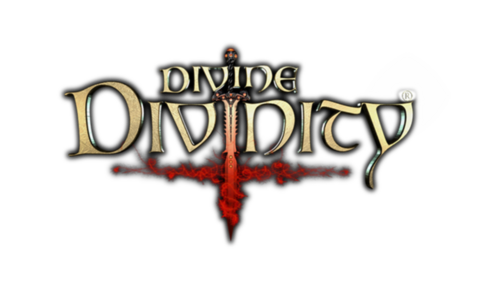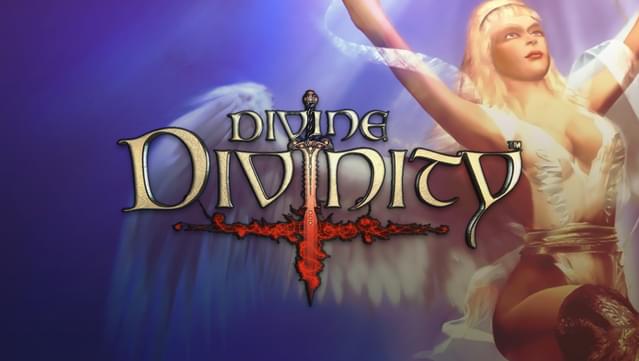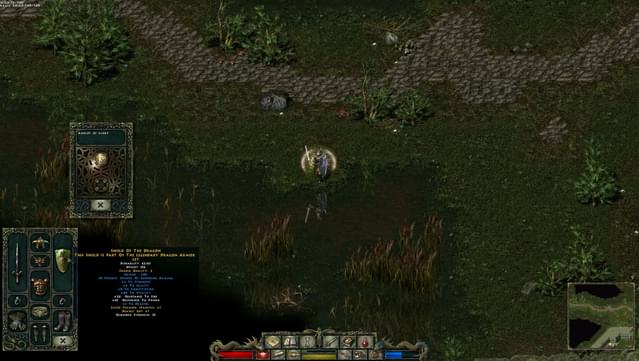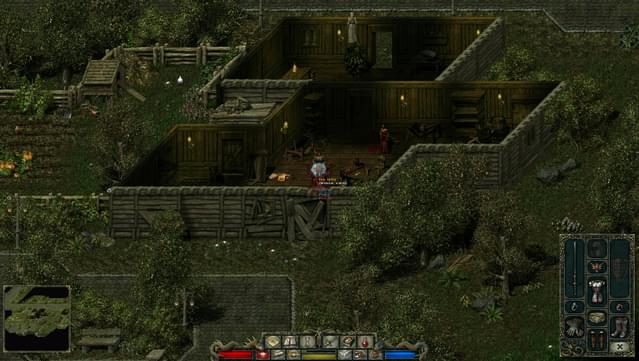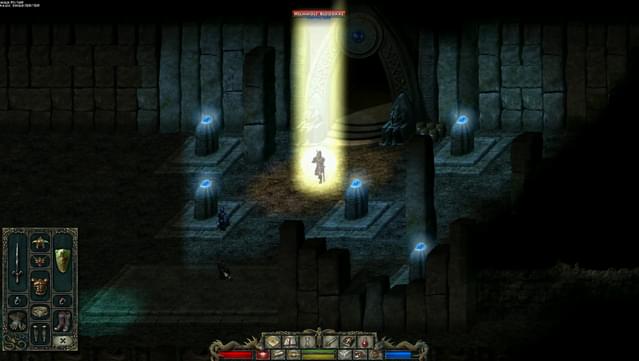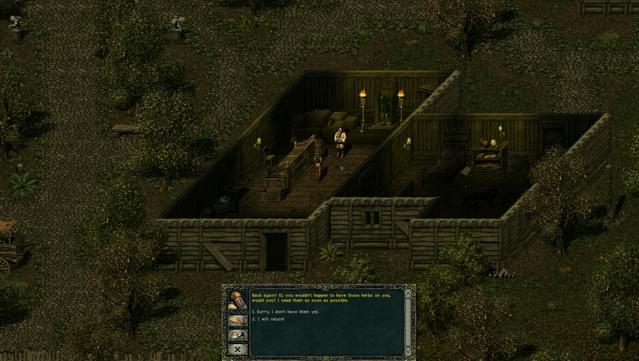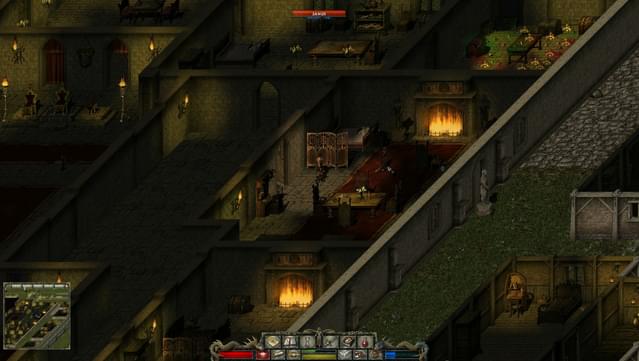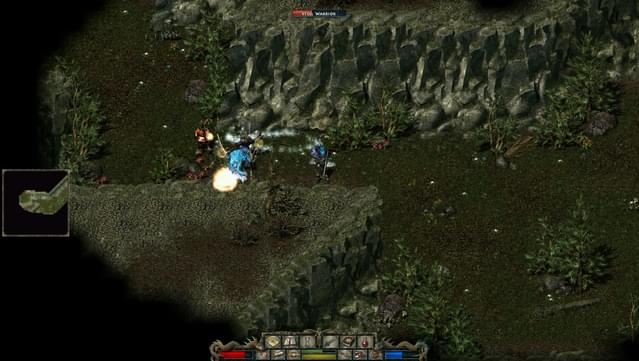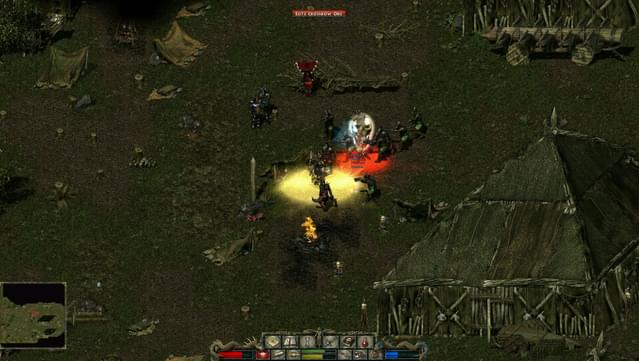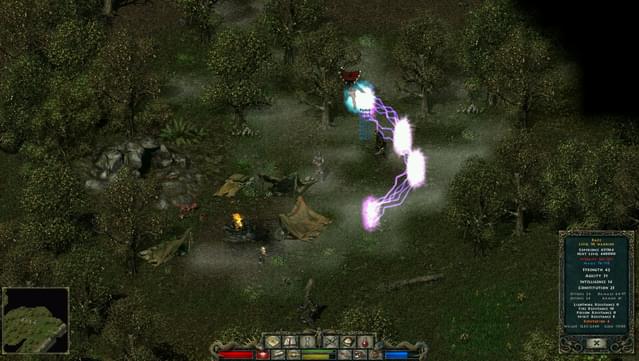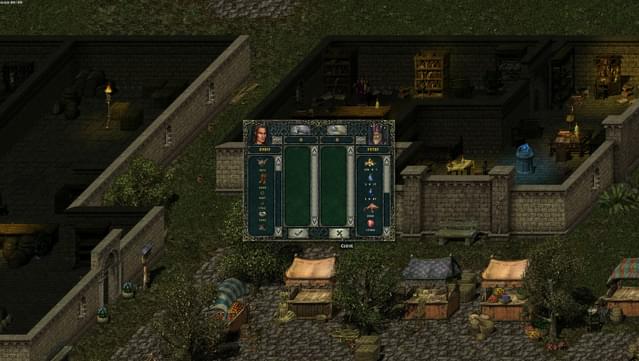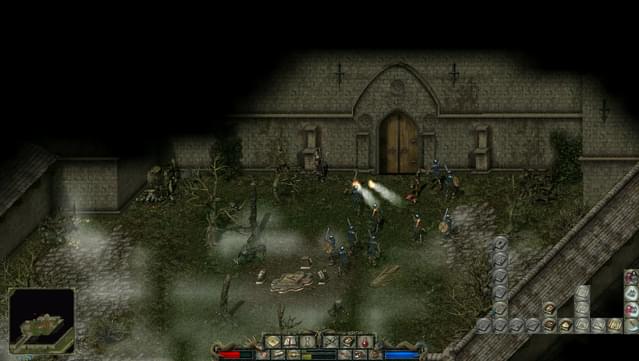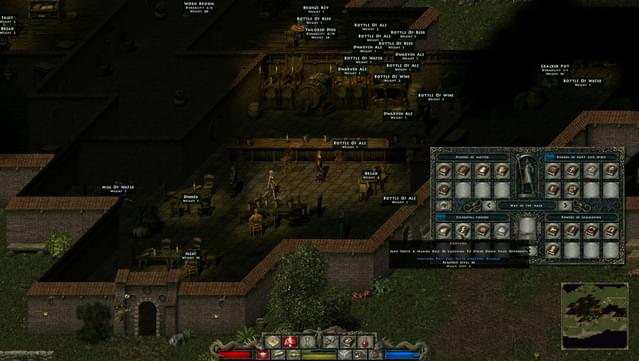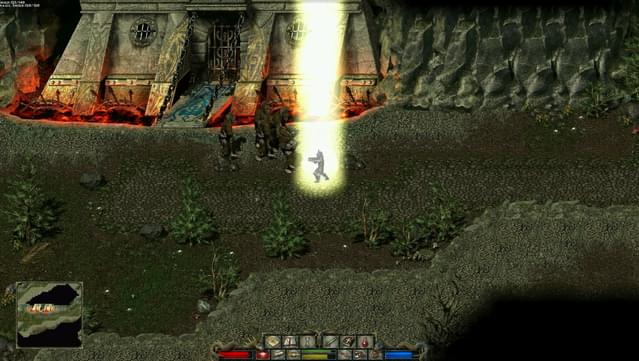Posted on: April 2, 2025

synthete
验证所有者游戏: 45 评论: 1
Compatibility/UX Review
This is a real pain to get running, and GOG makes it harder to fix or play in a window by setting registry values you have to delete to actually run it on dgvoodoo. It's not in software rendering mode by default, which means the graphics are broken and the transparency doesn't work. If you put it in software mode it looks right, but either way it screws with your windows if you don't set it to the native res (which makes text/interface too small to play with reasonably), resizing all your other windows because it went into a non-native res. But that still happens anyway if you try to actually watch the, I'm guessing, 320p intro video. And if you try to exit that it just makes it impossible to get back into the game while playing havok with Windows' window manager and requires you to force close it despite the fact you can hear the main menu music. There's no way with GOG's settings or the game's settings (without Hex editing) to get it into windowed mode. I'm going to fix this, but GOG really didn't do anything to help, but what they *did* do makes it harder to actually play the game properly if you aren't using 30-yo hardware.
这对您有帮助吗?
